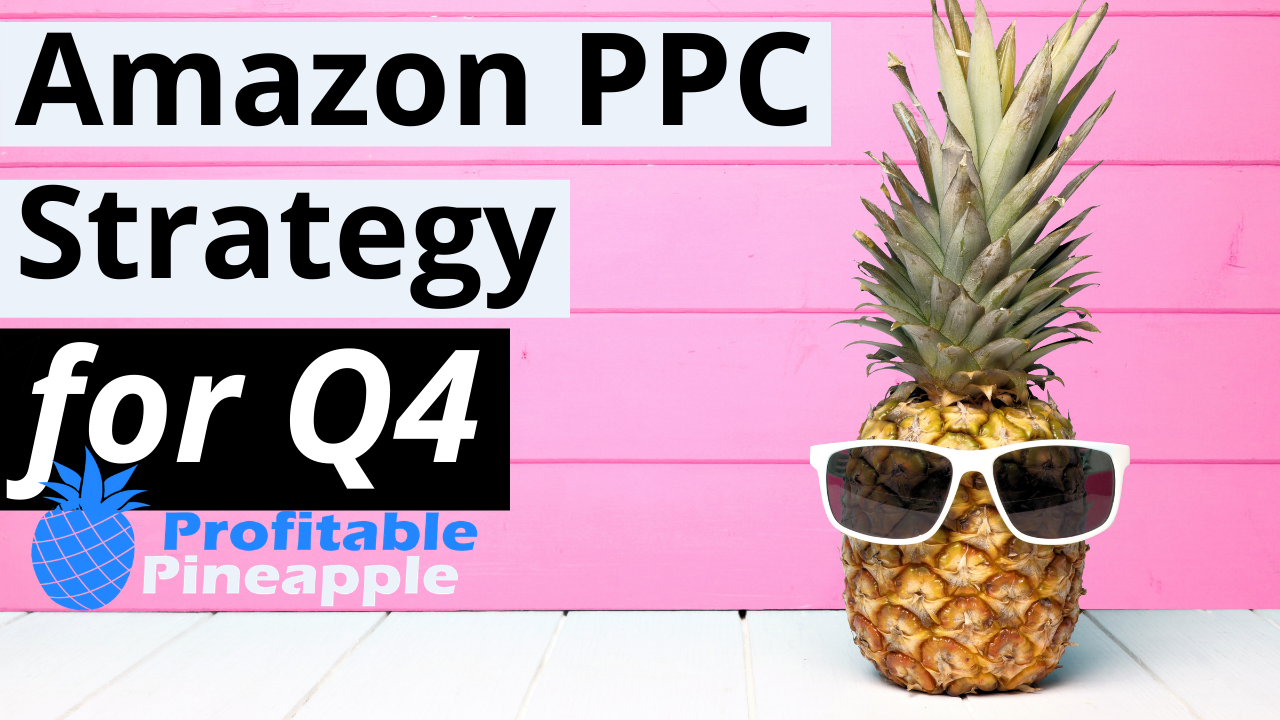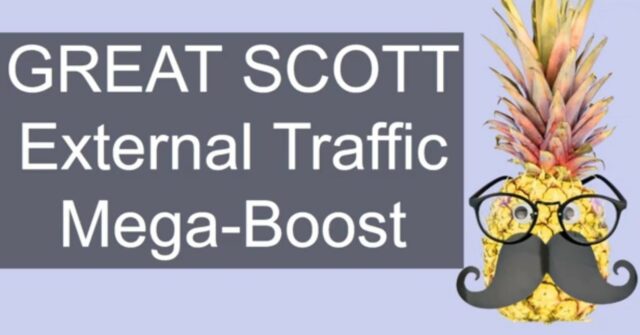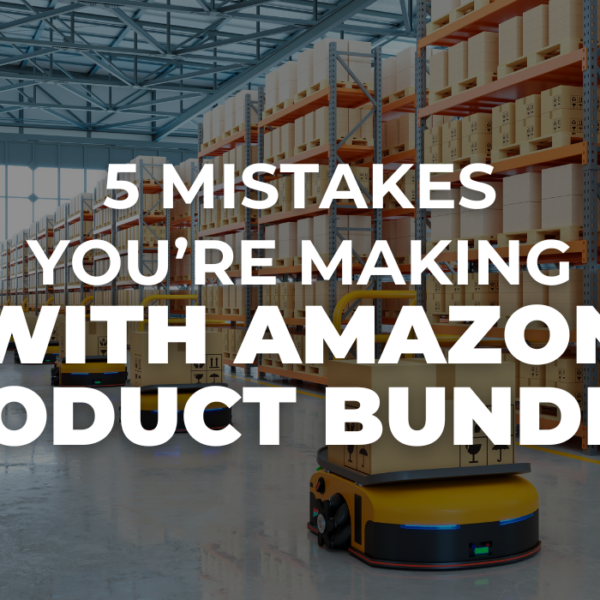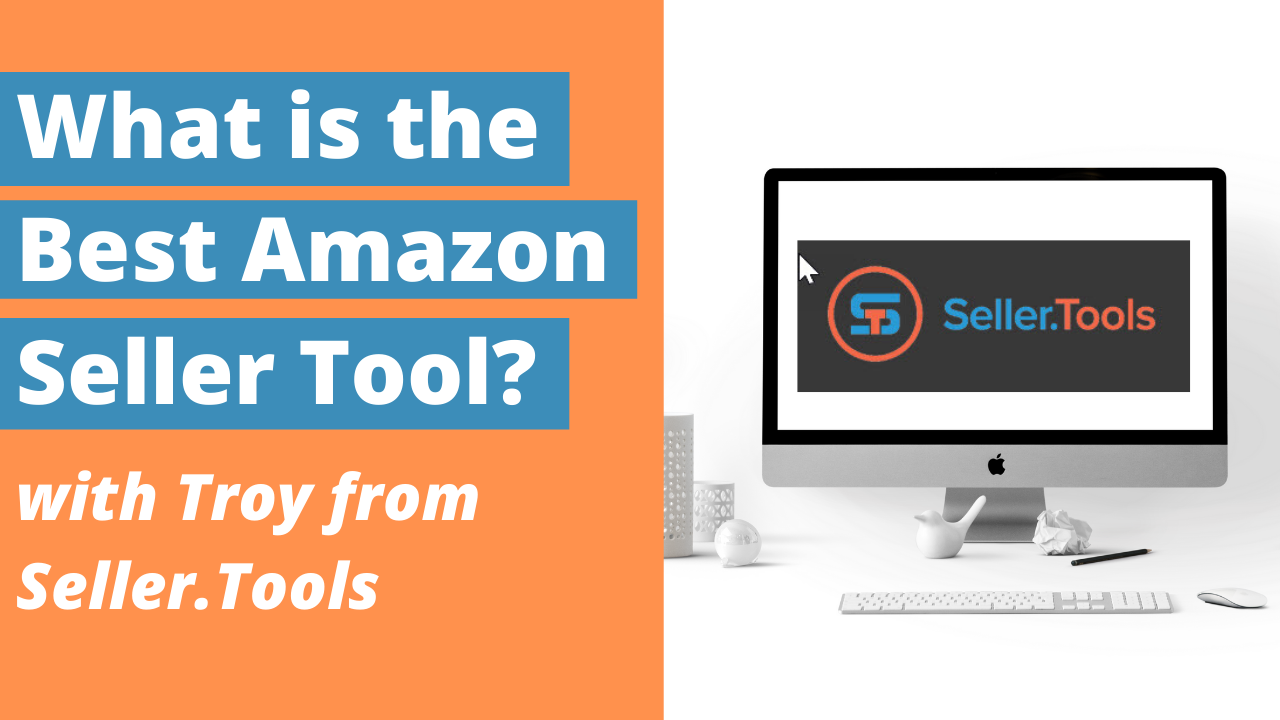In summary, Amazon Vendor Central is a platform that allows suppliers, other retailers, and manufacturers to sell products directly to Amazon as a first-party vendor.. In summary, Amazon Vendor Central is a platform that allows suppliers, other retailers, and manufacturers to sell products directly to Amazon as a first-party vendor.. As soon as the product is sold out, Amazon offers other retailers that have their own inventory the opportunity. In summary, Amazon Vendor Central is a platform that allows suppliers, other retailers, and manufacturers to sell products directly to Amazon as a first-party vendor..
Amazon remains the world’s largest e-commerce platform, allowing companies of all types to access a large network of customer reach, establish their brand and increase product sales. There are also reports of units and models that were shipped and returned. However, with over a million small and medium-sized businesses (SMBs) selling on Amazon, it can be difficult to reach customers. If inventory isn’t updated properly, product listings are shown as “out of stock.”.
Sellers with their own inventory are entitled to their handy shopping cart field. In addition to reporting, Vendor Central also provides demand forecasts. Effective supply chain and inventory management are the most important strategies for influencing the suitability of the Amazon provider in the shopping cart field.. Amazon Brand Analytics also offers shopping cart analysis, which shows which products customers often buy together.
There are
several benefits to being a vendor, including significantly lower overhead costs, less time spent managing inventory, and an easier to manage sales process. Amazon’s Vendor Central serves as a comprehensive platform for suppliers to seamlessly sell and transfer products to hundreds of millions of customers. Amazon Vendor Central provides basic reports on sales and inventory trends, including top-selling, worst-selling, and most-viewed items. This is how Amazon Buy Box tells customers that you are a trusted retailer that offers high-quality products and superior customer service.
As the driving force behind the global e-commerce landscape overall, Amazon continues to create the conditions for successful online sales. If you do not meet the above requirements, a qualified 3P seller can therefore quickly take over the shopping cart field.. Sell directly to Amazon users with Seller Central. For Seller Central, all customers using the Amazon platform could be potential buyers of your product.
With this hybrid strategy, Amazon customers have a better chance of acquiring a loyal customer base. With Vendor Central, you sell directly to Amazon and they resell your goods. You should keep your inventory up to date regularly, answer your customer inquiries on time, and ship your items on schedule.
What are the benefits of using Amazon Vendor Central?
Assuming you’ve received a first-party invitation and Amazon decides not to sell your entire catalog, it may be possible to sell SKUs that don’t overlap as a third-party seller under certain conditions. However, the platform has its challenges that you need to consider if you want to find out if Vendor Central is a good fit for you.. If you’re a smaller, up-and-coming brand, or a big brand that hasn’t had a conversation with Amazon yet, you’ll need to secure an invitation before you can sell as a first-time seller. A 1P relationship with Amazon is a direct relationship where Amazon is the retailer and the brand is the seller or supplier..
As Amazon’s first-party vendor, however, a brand has little to no control over the SKUs that Amazon actually sells.. Amazon buys inventory from you and is then solely responsible for reselling the products to buyers.. As a brand, it’s up to you to set the minimum advertised price guidelines (MAP) that Amazon must follow. When someone acts as a supplier, it means that the products are sold in large quantities directly to Amazon.
Some marketplace sellers had only signed up for Vendor Express for access to more detailed keyword data and additional advertising options, but they retained their access to Amazon Advertising (formerly AMS).. EDI integration is a difficult, highly specialized area, but third-party components such as Logicbroker and Synesty can provide a modern API wrapper for Vendor Central to simplify custom development. ChannelAdvisor is a leading provider of cloud-based e-commerce solutions that enable retailers and brand manufacturers to integrate, manage, and optimize their merchandise sales across hundreds of online channels including Facebook, Google, Amazon, eBay, Walmart, and more.. In this agreement, Amazon is a traditional retailer that buys products, sells them, and is responsible for all communication with the buyer to close the sale.
For many brands, the most popular method is to sell their products via Amazon Vendor Central, an invitation-only e-commerce platform that allows them to offer their goods directly to consumers via the Amazon platform.. Vendor Central allows vendors to review their orders, provide product data, and manage Amazon advertising campaigns.. It’s important to note that setting up a product in Vendor Central doesn’t mean you’ll receive an order right away.. It’s a much better option for manufacturers and wholesalers who want Amazon to handle logistics, support, and returns.
This program welcomes both individual sellers and vendors — i.e. those who have full distribution rights or freedom of title.. Otherwise, Amazon will issue a chargeback if you place too much inventory on a reorder or cancel more than a certain percentage of an order.. From Vendor Central, vendors can, for example, review their orders, provide product data, and manage additional advertising.. Amazon sells your products to its customers and asks you to ship the order directly to the buyer.
Although Amazon technically sets the price for an item, retailers and brands can still control the price of their products if the right policies and distribution strategies are in place.. If you select the option for Amazon to create the page, you will incur costs that depend on the modules selected and the time of year. As an alternative to a pure first-party or third-party relationship with Amazon, some brands offer both. ChannelAdvisor’s Resource Center is constantly updated by e-commerce experts who have in-depth knowledge of the latest developments from Amazon, Google, Facebook, and hundreds of other channels..
Sometimes sellers start with Seller Central and then generate demand for their products and buy their products in bulk through the Vendor Central program.. As you can see from the pros and cons of joining the platform, Vendor Central isn’t for everyone.. For example, if a seller tries to create an EBC listing but there is already an offer from the seller side, they won’t allow it. On the other hand, as a third-party retailer, a brand maintains complete control over which products are offered, when they are listed, and which pricing strategy they pursue..
Vendors can also pay Amazon to be mentioned in one of their emails or on the category page that is most relevant to their product.. For inventory shipped to Amazon fulfillment centers, Amazon provides detailed instructions for packaging, labeling, required documentation, and transportation. If you are a manufacturer or retailer and don’t want to sell directly to consumers, then Vendor Central makes a lot of sense. Brands interact with Amazon’s vendor management team, which includes people such as buyers and merchandisers.
There are also various external consultants who claim that their relationships with Amazon can help them receive these invitations with a high success rate.
What is Amazon Vendor Central?
With Seller Central, Amazon never takes possession of your goods — they simply store them for you.. As sales increase, Amazon may also charge higher fees for active account support or marketing fees. Sellers lose control over how their product is displayed on the Amazon marketplace, products are shipped in a brown Amazon box, and the seller’s ability to customize the buyer experience is limited.. If you choose Vendor Central, Amazon will buy your products from you and then resell them to its customers.
It’s also worth mentioning at this point that Vendor Central and Vendor Express have little in common — they are completely separate platforms.. As a third-party seller in the Amazon Seller Central program, you have three options to ship your orders. On the other hand, Vendor Central may be your only option to become known on Amazon if you’re a big brand and have concerns about the distribution network.. You need to know exactly what Amazon FBA costs are and factor them into your decision-making process..
In my opinion, you shouldn’t use Vendor Central if you’re currently selling on Amazon FBA and have no concerns about the sales context. It’s similar to Seller Central, where vendors can manage their orders and product data from a central hub.. Amazon does not strictly comply with manufacturers’ minimum pricing guidelines (MAP). If you see an offer on Amazon and it says “Fulfilled by and sold by Amazon,” it means that the brand owner of that product is almost certainly selling it to Amazon via Vendor Central..
If you’ve received an invitation to Vendor Central, I highly recommend that you read the entire article, as joining Vendor Central can significantly impact your Amazon business.. If you move from Merchant Fulfilled to Vendor Central, you’ll see a significant increase in sales.. The only way to control these unauthorized listings is to use a Seller Central account that has been registered for Amazon’s Brand Registration Program.. After a few weeks, the buyer you spoke to first will ignore all your emails and you’ll be forced to open Vendor Central support tickets with Indian Technical Support, just as you would with Seller Central Support..
One of the biggest drawbacks of being a Vendor Central customer is that you lose control of your product detail pages and hand them over to the Amazon Retail Contribution team.. When your buyer on Vendor Central tells you that your sales will increase, it is suggested, either implicitly or explicitly, that the Amazon search algorithm prefers products sold by Amazon.. I can tell you from my own experience and from conversations with other Vendor Central customers that membership with Vendor Central does not significantly increase sales compared to FBA. However, let me explain in more detail why this is the case.. The biggest advantage of Vendor Central is arguably the fact that you’re not creating a sales tax nexus in the dozens of states where Amazon FBA can give you a nexus..
It has been around a little longer than its brother Seller Central and allows brands and retailers to sell their products as a first party (1P) on the Amazon platform.
.



![The BEST Reverse ASIN Lookup + How To Use Guide [HELIUM 10 CEREBRO]](https://salesfunnelhq.com/wp-content/uploads/2020/07/Copy_of_Amazon_PPC_Negative_Keywords-e1594679511607.png)

